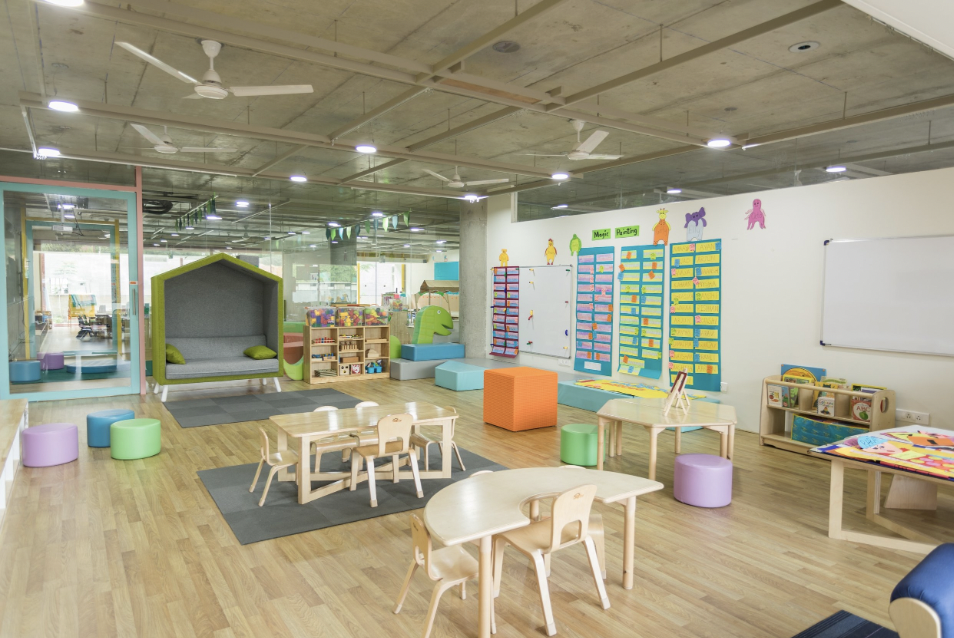|
8/8/2023 0 Comments Color Can Be ClutterThis blog post written by Tammy Musiowsky-Borneman and Naomi Church, and was originally posted on Growing Minds Consulting.  Imagine walking into a classroom where each bulletin board or wall was a different color. Not just any color, but bright yellow or red? Have you been in this room, or even set your room up in this way? Have you been in a classroom where it looks like the teacher store exploded? We taught with experienced teachers who seemed to keep decor from all of their previous years of teaching and felt the need to display it all. We have also seen classrooms with all the cute, laminated posters that students never seem to use effectively. We are not advocating for boring and uninspired classroom spaces! We are suggesting that, as educators, we are responsible for creating environments in which our learners are able to find success. We must design without barriers to learning. Creating access to an environment in which all learners feel safe and ready to learn is imperative…and it doesn’t happen by accident. Using principles from Universal Design for Learning (UDL) can support teachers in creating a space that is conducive to learning. UDL Checkpoint 7.3 speaks to minimizing threats and distractions. Oftentimes this is thought of in terms of classroom culture and risk level, but it can absolutely apply to visual distractions as well. Three Considerations When Adding Color to Your Classroom
Lighter shades are “friendlier” while darker shades are more somber. Choose colors based on the mood you are trying to set within the space. Bright colors can be overwhelming or distracting especially when many different colors are in the same space. Three Questions to Ask Yourself When Considering Colors
Creating a conducive learning environment through purposeful use of color is crucial for learners. While vibrant colors can be visually appealing, excessive and/or conflicting colors may hinder learning by overwhelming learners. Thoughtful use of color to evoke appropriate moods and emotions can enhance focus and productivity. Recognizing UDL principles supports the idea that less is more. By considering the impact of colors, or the absence of it, on learners' emotions and attention, teachers can strategically design classrooms that optimize the learning journey and help students thrive.
Resources & References:Investigating the Impact of Environmental Factors on Learning The Psychology of Color Why Do We Feel the Need to Fill Empty Spaces?
0 Comments
Leave a Reply. |
Archives
November 2023
|
Photos from wuestenigel, wuestenigel, wuestenigel, markus119, cowbite, mikecogh, shixart1985, symphony of love, kennethkonica, homegets.com, wuestenigel, quinn.anya, Chuckcars, Dave Hamster, mikecogh, wuestenigel, debaird™, wuestenigel, shixart1985, trekkyandy, frankieleon, Sue90ca MORE OFF THAN ON, WarmSleepy, symphony of love, Marcus Hansson, Cliff Johnson, Leonard J Matthews, Archives Branch, USMC History Division, tmray02, Rawpixel Ltd, joostmarkerink, Andrew Gustar, Thomas James Caldwell, Dano
